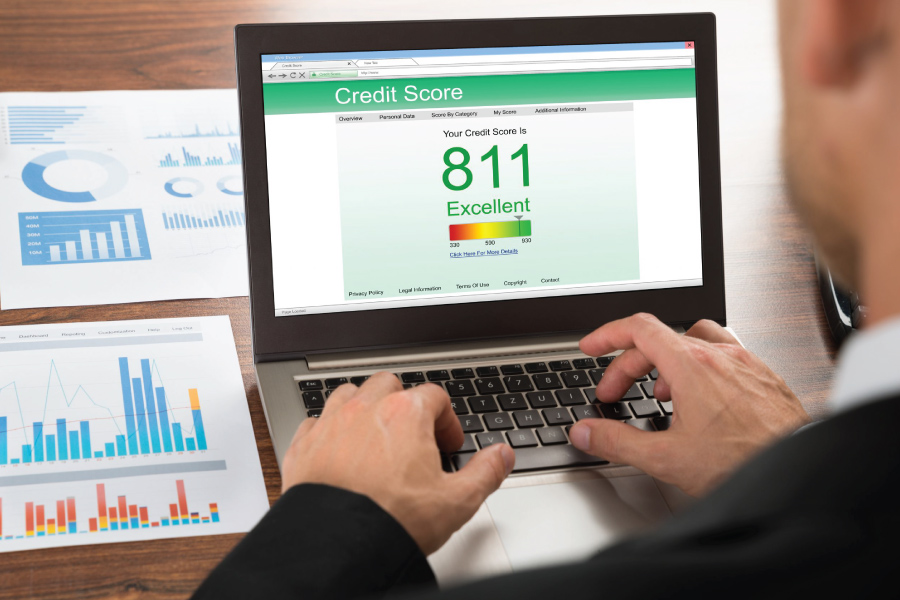
From Good to Excellent: 5 Ways to Improve Your Credit Score
October 1, 2022
We all know that good credit is important. But did you know there’s a difference between having a good credit score and an excellent credit score?
Having an excellent credit score can help you qualify for the best rates and terms on your auto or home loans, as well as other financial products such as a credit card. It can also help you avoid paying higher rates on your insurance. Lastly, it can help you increase your borrowing power.
The difference between good credit and excellent credit is subtle, but important. Here are five ways to improve your credit score:
1. Prioritize Your Credit History
If you have two or more credit cards, it’s typically best if one is your oldest card active. Credit history is a major factor in your credit score, and the longer your history, the better. You want that history to be as long as possible in order to have the best chance at an excellent credit score. Credit history is crucial to your credit score.
2. Keep Your Credit Card Balances Low
Typically, it’s best to have a credit utilization ratio below 30% of the overall credit limit. To calculate this, divide your outstanding balance by your available credit and multiply by 100. For example: $400/$1,000 x 100 = 40%. This credit utilization is too high. Therefore, if your overall limit is $1,000, you wouldn’t want more than $300 in outstanding debt.
You can request a credit limit increase if your current credit limit isn’t high enough to meet your needs. A credit card issuer will usually approve a credit limit increase as long as you don’t have any missed payments.
3. Make On Time Payments, Every Time
If you want to get an excellent credit score, it is critical that you make your payments on time, every time. Automatic payments are the best way to ensure this.
Making on time payments is the single most important factor in a good credit score. If you have never been late, it’s best to keep it that way—bad payment history can stay on your credit report for up to seven years.
4. Keep a Good Credit Mix
Credit mix is simply the types of credit you have. For example, having credit cards, a mortgage, a car loan and student loans would be considered a good mix and will help improve your credit because it shows lenders that you have the ability to pay off multiple types of loans.
5. Monitor Your Credit Report
You should review your credit score and report at least once a year to make sure there are no inaccuracies or irregularities that could be affecting your score. You can’t raise your credit if you don’t even know that you have bad credit. Monitor your credit by checking with the major credit bureaus. You’re entitled to a free credit report once a year and you can get it by going to AnnualCreditReport.com.
Final Thoughts
It’s never too late to start managing and improving your credit score. Focus on your credit utilization ratio, credit card balances, a good credit mix, payment history, and keeping a close eye on your credit report.
If you follow these five simple steps, you’re sure improve your credit score from good to excellent.
